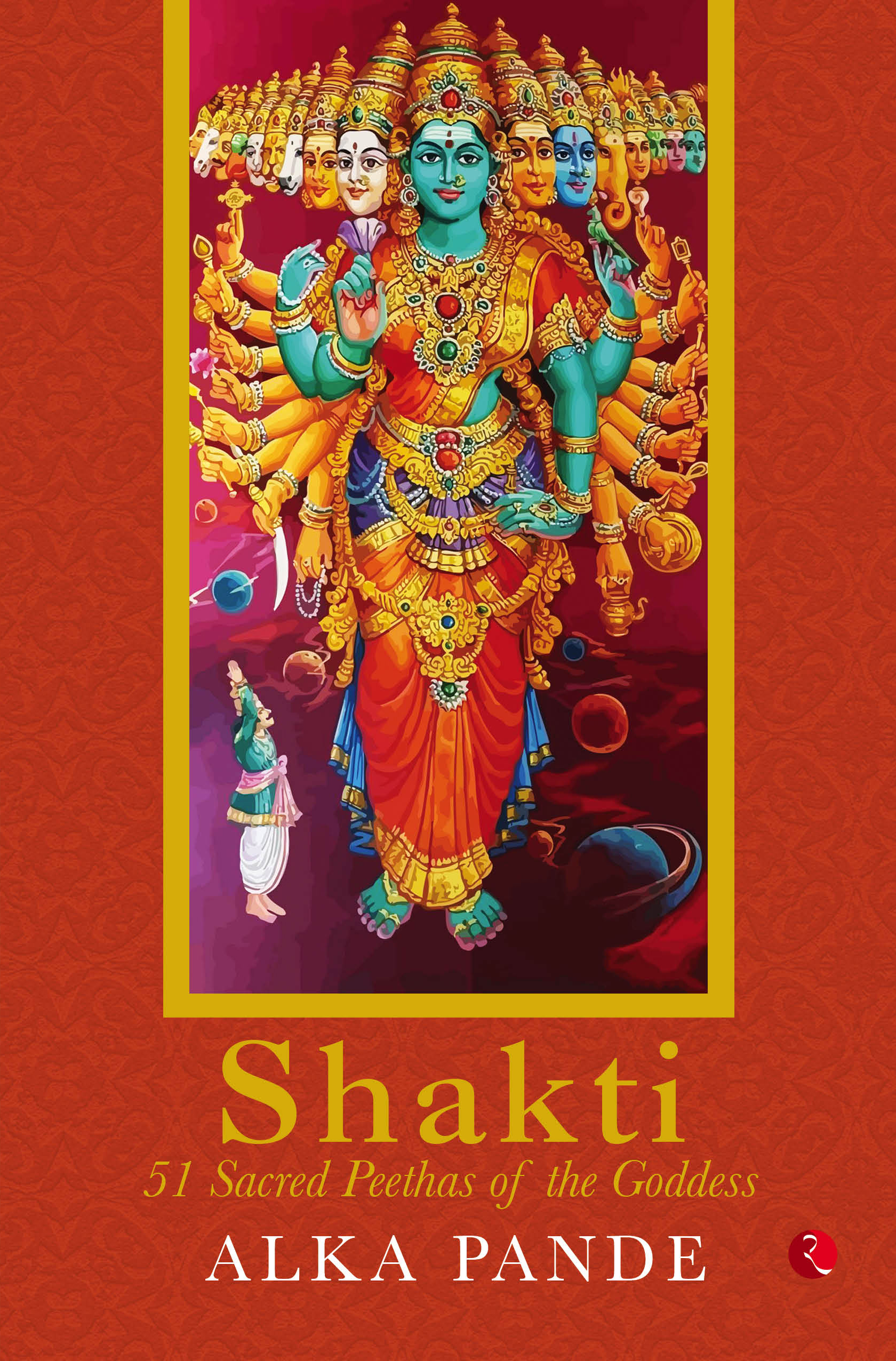THE LEGEND OF SATI | Shakti: 51 Sacred Peethas of the Goddess

Soon after her marriage to Shiva, Daksha organized a massive yagna to which he invited all his sons-in-law, the devas and powerful sages. According to Bhagavat Purana, Marichi and the other saptrishis (the seven sages), along with Daksha, had organized a significant yagna that had all the powerful devas present. Marichi was himself one of the mind-born sons of Brahma and one of the saptrishis from whom all the Brahmins of India descend. It is also accepted that he is the founder of Vedanta and in one of his incarnations was also Mahavira, the twenty-fourth Tirthankar. As the celestial patriarch, Daksha was also the head of the sacrifice, and resplendent and shining like the sun, impressed and overawed the august assembly. Everyone got up to greet the great and powerful Daksha but not Shiva. Seeing this, Daksha was enraged as his huge ego was trampled upon by Shiva not rising in his presence. He cursed Shiva and left for his home. Shiva remained unaffected. The seeds of conflict between Shiva and Daksha were sown by this act. Over a period of time, Brahma declared Daksha to be the first amongst the patriarchs. This further added to the ego of Daksha, making him even more arrogant and haughty. Soon after his elevation, Daksha performed the Vaajapeya sacrifice and then decided to perform the biggest sacrifice of all—the Bhrihaspati Sava sacrifice—with all the glory and pomp it required. Hectic preparations and a massive number of invitations were all being organized. Sati came to know of this colossal ceremony and got very excited and made up her mind to be part of this event.
As the preparations increased and Sati witnessed the many celestial participants to the yagna, she was surprised that there was no invitation for her and her husband Shiva. Not that this had any effect on Shiva, but when Sati insisted on going, Shiva was not at all pleased. Sati however, asserted her wish and went uninvited to the yagna. On reaching the big ceremony, Sati realized how her own father had deliberately humiliated her and her beloved husband Shiva. She felt demeaned and in absolute mortification, jumped into the sacrificial fire.
When Shiva heard of Sati’s self-immolation, he was beside himself with sorrow and rage. The infuriated Shiva took the form of Veerbhadra, meaning ‘born out of the hair of Shiva’. Placing Sati’s body across his shoulder, he embarked on the dance of death formally known as Tandava. So worried were the gods that Narayana himself intervened. Using his powerful weapon, the Sudarshana Chakra, he cut the body of Sati into numerous parts. Some say there were 108 parts; however, I am limiting myself to the 51 parts that are the more acceptable figure. Over a period of time, they came to be known as the 51 Peethas, or sacred spots, where Sati’s body parts fell. Once Sati’s body was dismembered, Shiva finally became quiet and went back to Mount Kailasha. This story lays the ground for the emergence of the Shakti Peethas.
While exploring the story of the Shakti Peethas I found myself drawn to the concept of the body i.e. sharira, the concept of Peetha or teerthas, the rituals of worship culminating in the prasada or the offering of the bhakta and then the consumption of the prasada by the bhaktas themselves. The Shakti cult was a later addition to the Hindu Trinity, because for Daksha’s yagna, all the Vedic deities were invited except Shiva, who soon acquired authority as the Vedic Rudra’s successor.
****

The story of Devi Sati and Lord Shiva ended tragically with the death of Sati. An angry and inconsolable Shiva took Sati’s lifeless body and started the ‘Rudra Tandava’ or the dance of destruction. To save the world, Lord Vishnu used his ‘sudarshan chakra’ to cut the body of Sati into 51 pieces and each part fell at different places on Earth and each become a revered Shakti Peetha.
Renowned writer and historian Dr Alka Pande narrates that while the Shakti Peethas represent a single philosophical fold, they are a testament to the diverse legends of Shakti. Different peethas which became holy at the touch of Sati’s body have survived hundreds of centuries and have kept alive their local folklore of Shakti. Together they evoke the Mother Goddess as both the nourishing and the destructive force behind the existence of the cosmos.
The 51 Peethas featured in the book can never be an absolute representation of the Peethas of the Goddess, since the Devi is anywhere and everywhere.
***

